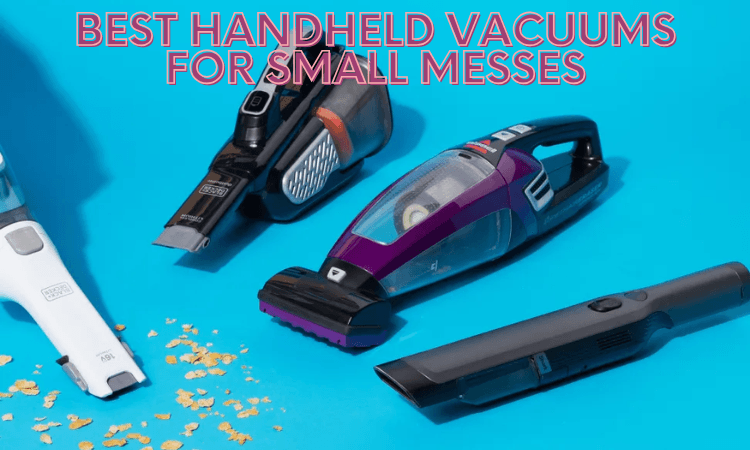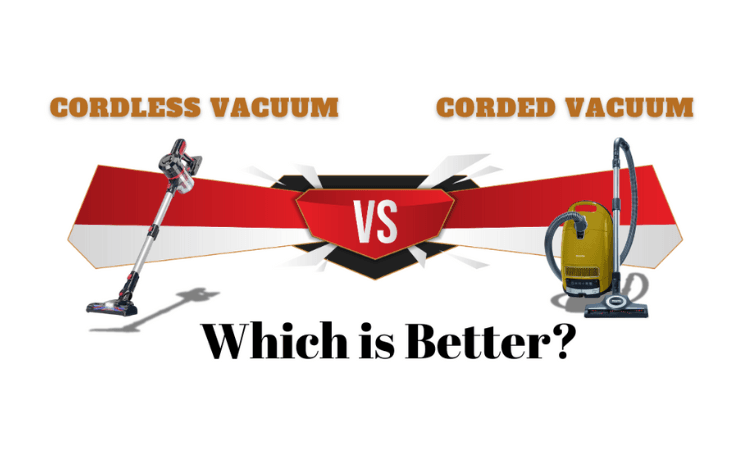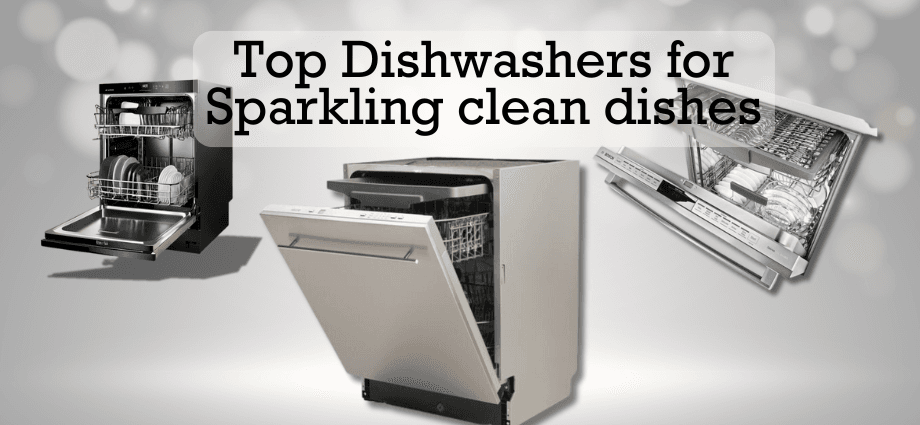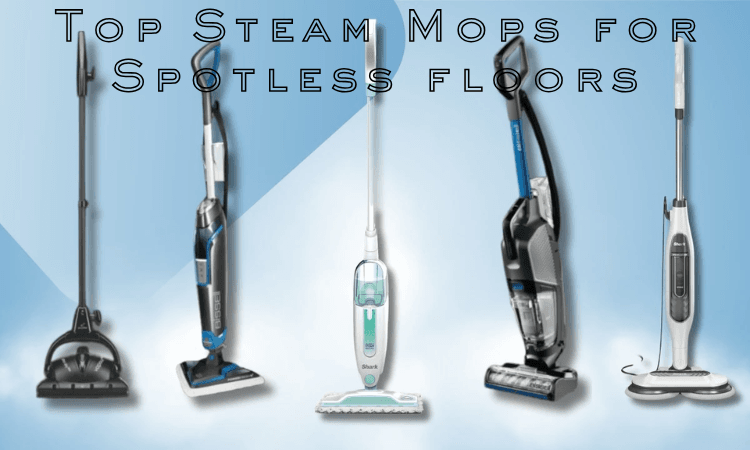Vacuum cleaners are essential appliances in our homes, keeping our living spaces clean and free from dust and debris. But to ensure that your vacuum cleaner performs at its best and lasts for years, regular maintenance is key. In this article, we’ll cover the most important steps you can take to maintain your vacuum cleaner, from simple cleaning tasks to troubleshooting common issues.
Why Vacuum Cleaner Maintenance is Important
Taking care of your vacuum cleaner is vital for both its performance and longevity. When you maintain it properly, it works more efficiently and requires fewer repairs. Neglecting maintenance can lead to loss of suction, motor damage, and reduced cleaning power.
Extend the Life of Your Vacuum
Proper maintenance helps avoid wear and tear on the motor and other vital components, ultimately extending the life of your vacuum cleaner. By keeping the vacuum clean and free from blockages, you avoid straining the motor, which can wear it out prematurely.
Improve Cleaning Performance
A vacuum cleaner that’s well-maintained will pick up dirt and debris more effectively. Regular maintenance ensures that the suction power remains strong, filters are working efficiently, and the brush rollers continue to perform as expected. All of these factors combine to improve the vacuum’s overall cleaning performance.
Key Steps to Maintain Your Vacuum Cleaner
Proper maintenance doesn’t require much time, but it can make a world of difference in how well your vacuum cleaner works. These are the essential steps you should follow regularly to keep your vacuum in top shape.
Clean or Replace the Filters Regularly
Filters are crucial for keeping your vacuum running smoothly. Over time, they can become clogged with dust, dirt, and allergens, reducing suction power. Most vacuums have either a HEPA filter or a foam filter, both of which need to be cleaned or replaced periodically.
If your vacuum has a HEPA filter, it is typically washable. Remove the filter, rinse it under warm water, and allow it to dry completely before reinserting it. Foam filters should also be washed with warm water and left to air dry thoroughly before being placed back into the vacuum. If the filters are worn out or damaged, replacing them is essential. Filters generally need to be replaced every 6-12 months, depending on how often the vacuum is used.
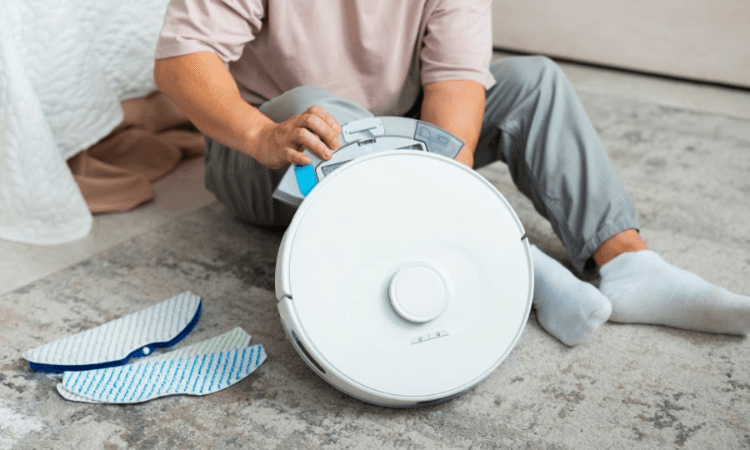
Check and Clean the Brush Rollers
Brush rollers are responsible for agitating debris on your floors, making it easier for the vacuum to suck up dirt. These rollers can easily get tangled with hair, thread, and other debris, which affects their ability to perform efficiently.
To clean the vacuum brush roller, start by turning off the vacuum and removing the roller. Use scissors or a seam ripper to carefully cut away any tangled hair or debris. Once the roller is free of obstructions, use a damp cloth to wipe it clean and remove any remaining dust. If the brush roller is too worn or damaged to function effectively, consider replacing it. Most manufacturers offer replacement rollers that are simple to install, ensuring your vacuum continues to perform efficiently.
Empty the Dustbin or Bag
A full dustbin or bag can severely limit your vacuum’s suction power, so it’s important to empty the dustbin after each use and avoid waiting until it’s completely full. If your vacuum uses a bag, replace it once it’s half to three-quarters full to keep your vacuum running efficiently. For dustbin care, after emptying it, rinse with warm water to remove any remaining dirt, and allow it to dry completely before reinserting it. For bagged vacuums, check the bag regularly and replace it when full to maintain suction and prevent airflow issues.
Additional Maintenance Tips
There are a few more things you can do to maintain your vacuum cleaner in peak condition. Regular checks and minor adjustments can prevent larger issues from arising.
Check for Blockages
Blockages can occur in various parts of your vacuum, including the hose, tubes, and nozzle. A blockage can cause a significant drop in suction power and may even damage the motor if left unchecked.
To check for blockages, ensure the vacuum is turned off and disconnected from the power source. Carefully inspect the hose and tubes for any obstructions. Use a broom handle or a similar object to gently push out any debris that may be causing the clog. To prevent future blockages, make it a habit to check for large items, such as socks or small toys, before vacuuming. Additionally, avoid vacuuming up large debris or objects that could lead to clogs.
Inspect the Vacuum Belt
The belt in most vacuum models is responsible for driving the brush roller, and if it becomes loose, broken, or worn, it can lead to poor performance and even motor damage. To inspect the belt, turn off the vacuum, remove the bottom plate, and check for any visible signs of wear or damage. If the belt appears frayed or loose, it should be replaced immediately. Belts are relatively inexpensive and easy to replace, but it’s important to use the correct belt type for your specific vacuum model to ensure optimal performance.
Maintain the Cord
The power cord is an essential part of your vacuum, and caring for it properly will prevent unnecessary wear and tear.
To care for the vacuum cord, wind it carefully around the designated hooks or clips after each use, taking care not to wrap it too tightly, as this can cause internal damage. When storing the vacuum, choose a dry, safe location where the cord won’t be pinched or damaged. Additionally, avoid dragging the vacuum by the cord to prevent unnecessary wear and tear.
Troubleshooting Common Vacuum Problems
Even with regular maintenance, sometimes problems can arise. Here are some common issues and how to address them.
Loss of Suction Power
A decrease in suction is one of the most common problems people face with their vacuums. If your vacuum isn’t picking up dirt as effectively as it used to, several factors could be at play. First, dirty filters might be reducing airflow, so check and clean or replace them if needed. Additionally, clogged hoses or nozzles can block the vacuum’s suction, so inspect them for any blockages and clear them out. Lastly, a full dustbin can limit the vacuum’s suction power, so make sure to empty it regularly to maintain optimal performance.
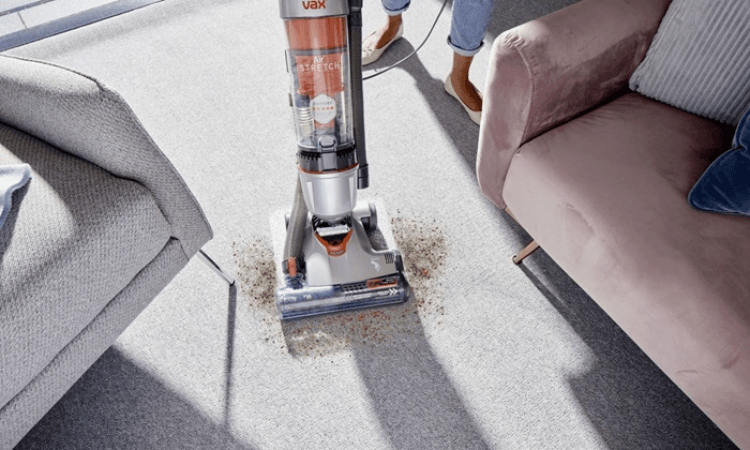
Strange Noises
Unusual sounds coming from your vacuum can indicate a problem with the motor, the brush roller, or other components. For example, hair or debris stuck in the brush rollers can cause rattling noises, which can be resolved by cleaning them out. Additionally, if you hear a whistling or high-pitched sound, it could be a sign of loose parts or components within the vacuum. In such cases, it’s important to inspect the vacuum carefully and tighten or secure any loose parts to prevent further issues.
Conclusion
Maintaining your vacuum cleaner doesn’t have to be complicated or time-consuming. By following a few simple steps, such as cleaning or replacing filters, emptying the dustbin, and checking for blockages, you can keep your vacuum running at peak performance for years to come. Regular maintenance not only improves the efficiency of your vacuum but also helps it last longer, saving you money on repairs and replacements.
